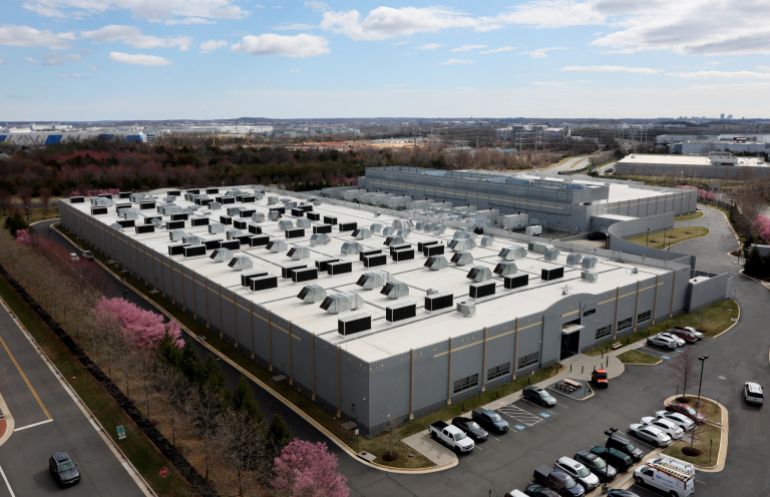According to the United Nations’ digital agency, global electricity demand increased by an average of 150 percent between 2020 and 2023 as a result of investments in artificial intelligence (AI) and data centers.
According to the UN’s International Telecommunication Union (ITU), Amazon’s operational emissions increased by 182 percent in 2023 compared to 2020 levels, while Microsoft’s emissions increased by 155 percent, Facebook’s and Instagram’s emissions increased by 145 percent, and Google’s parent company Alphabet increased by 138 percent over the same period.
The figures include emissions that are directly related to the businesses’ operations as well as those that are produced by energy purchases. The top 200 digital businesses in the world will be analyzed by an ITU report that evaluates their greenhouse gas emissions between 2020 and 2023.
The UN agency linked the rapid rise to recent advances in AI and the demand for cloud computing services.
According to Doreen Bogdan-Martin, the ITU’s director, “Advances in digital innovation, especially AI, are driving up energy consumption and global emissions.”
While these technological advancements represent significant advancements, the agency estimates that if left unchecked, emissions from top-emitting AI systems could soon reach 102.6 million tonnes of carbon dioxide equivalent annually.
According to the report, “Today, there are no standards or legislative requirements for companies to disclose their AI emissions or energy consumption,” making it more difficult to comprehend how much AI is used at the company level.
However, company-reported data indicates an increasing trend in operating emissions for businesses with high levels of AI adoption.
Similar rises in electricity demand from data centers, which provide power for digital services, have been a result of the boom in AI and cloud computing. According to the International Energy Agency (IEA), data center electricity consumption has increased by 12 percent year over year since 2017.
415 terawatt-hours (TWh) of electricity was used by data centers alone, or 1.5% of the world’s power demand. By 2030, the demand for data centers will reach 945 TWh, surpassing Japan’s annual electricity consumption, according to the IEA.
According to the report, power-hungry digital companies, which accounted for 581 TWh of global demand in 2024, or roughly 2.1 percent of that figure, despite the fact that the demand was primarily fueled by the largest corporations.
Only 10 of the 200 companies identified by the report’s data contributed to the report’s findings, which stated that 51.9 percent of their electricity demand will be met by 2023. They included Meta, SK Hynix, China Mobile, Amazon, Samsung Electronics, China Telecom, Alphabet, Microsoft, TSMC, China Unicom, and SK Hynix.
Source: Aljazeera

Leave a Reply